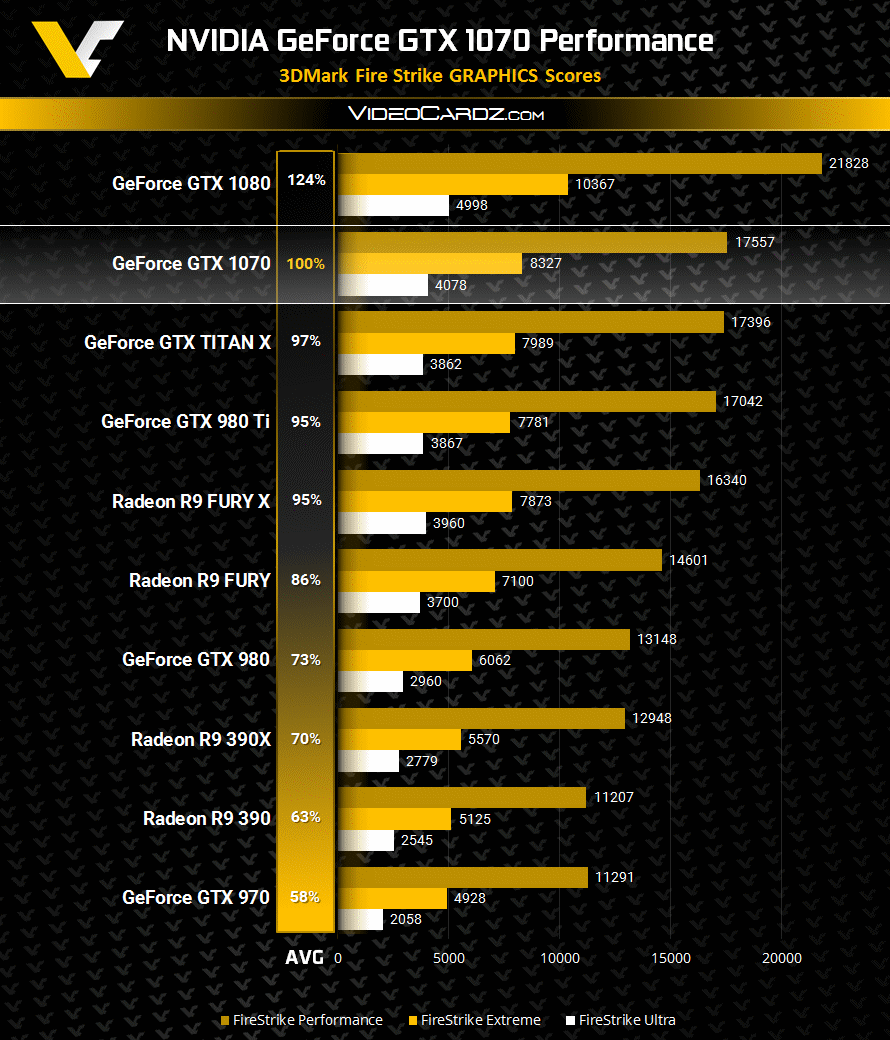Ext3h
Regular
Except that the clock does not mean anything at all in isolation. You've also got to consider pipeline length and setup, and along with that also how many transistors have been wasted on providing broader and hence faster pipeline stages. I haven't done the math, but transistor count per CU should still be lower compared to what Prescott had, at least if you disregard the transistors spent on the ever growing caches.If anything, what's strange is that it too so long for GPUs to break this, by today's process standards, relatively pedestrian clock speed.

